In a Sea of Noise
There’s a particular kind of emotional vertigo that hits when you finish building something serious and prepare to release it into the world, only to realize you’re releasing it into a landscape that feels like a discount bin at the world’s loudest personal growth convention.
*beeeeeg sigh*
We’d spent years designing The Art of Difficult Conversations. Stress-testing. Field stripping. Teaching it live to hundreds of people. Watching it break, re-engineering it, watching it change lives in subtle, lasting ways. We knew the work was solid. We knew the models held up. We knew people walked away more skillful, not just more informed.
Then we looked around and realized what we were stepping into:
A market filled with ten day coaching certifications, YouTube therapists with charisma and no clinical background, trauma talk diluted to the point of cliché, and online courses that promised transformation in 90 minutes or less.
It’s not that all of it is bad. Some of it is useful. Hell, some of it is brilliant. But most of it is untested, ungrounded, and unaccountable. A lot of it is just marketing copy in a turtleneck and tortoise lenses.
We weren’t naïve. But we were disoriented.
Because building something with integrity, with real rigor and responsibility, is one thing. Selling it in a space that doesn’t reward those values is another challenge entirely.
To Not Become
We could have packaged this work differently.
We could have given it a sexy acronym and sold it as a “communication breakthrough” method. We could’ve polished the videos, cut the nuance, split it into a sales funnel, and hired a copywriter to engineer the urgency.
We could have stripped the practice out and replaced it with insights. We could have turned it into a series of convincing TED Talk-style monologues and called it a day.
We didn’t.
Not because we’re purists. But because we’ve seen what happens when a unique signal gets diluted.
We’ve seen people come into Fight Lab having watched two dozen viral videos on “how to set boundaries”, and fold the moment someone challenged them. Assign blame or cry out “assault” against completely reasonable action.
Who do you blame? The student who took soundbite as scripture? The teacher who packaged and peddled words the world longed to hear?
Either way what they learned was style, not skill. Performance, not practice.
There’s a difference between knowing what a tool is and knowing how to use it in the middle of a fight.
There’s a difference between talking about conflict and staying present to your dignity and connection when it happens.
We weren’t willing to sell clarity if it came at the cost of competence. Preparedness.
Integrity is a Design Constraint
So, we made choices.
-
We chose to keep the practice at the center. Every section of the course builds toward something people can do under stress.
-
We chose not to oversimplify. The models are teachable, but we don’t pretend they’re magic. They require work. Study. Self-reflection. Reps.
-
We chose not to call it “transformational”. That’s up to the student, not the branding.
-
We chose to price it in a way that honored both access to the content and the real cost of what we’d built, time, care, facilitation, iteration.
-
We chose to include demos and real breakdowns. No method without example. No sterilization.
We didn’t design a passive experience to be consumed. We built a workout regimen.
The entire point was to build something people could return to again and again, like a field manual, or a piece of gear that only gets better with use.
Release
Still, releasing it into this market isn’t easy.
There’s a real vulnerability in putting serious work out on the shelf, directly to the left of the influencer industrial complex. When you see someone go viral for “5 tricks to destroy a narcissist,” it’s easy to feel invisible. When a friend asks why your course isn’t $39 and on Skillshare, it’s tempting to cut corners. When you see a deeply performative coach talking about “realness” and raking in subscribers, it’s hard not to question your own restraint.
But the deeper truth is this:
You don’t get to control the market. You only get to control your offering.
That’s the choice we made. To let the work speak for itself. To stay accountable to the people who use it, not just the people who click it. To teach the long game in a short-form world.
And it turns out, people notice. Not in explosive numbers. But in returning students. In teams that come back. In emails months later from someone who finally had the conversation they’d avoided for years. In someone who said, “This didn’t make me feel smarter. It made me feel more human.”
We’ll take that over viral reach any day.
Well, most days anyway.
What We're Really Offering
The Art of Difficult Conversations is not a brand. It’s not a personality. It’s not a life hack.
It’s a system for building the muscles most people were never taught to build.
A toolkit. A training ground. A mirror.
It’s something you train with, not just something you watch through.
In a space where a lot of what gets sold is polished, performative, and ultimately unaccountable, we’re okay being the offering that takes a little longer to explain. A little more time to learn. A little more work to practice.
Because we’re not selling confidence. We’re building capacity.
And in the long run, that’s what holds water through the desert.
In a space where conflict is either minimized or dramatized, where communication gets reduced to content marketing, where everyone’s a coach but no one’s been coached, we built something for people who want something real.
Not faster. Not easier. Stronger.
Lessons Learned
Next, I’ll step back and share what we’ve learned after five years of building, teaching, testing, and watching this work live in the world.
Where it’s taken us. What it’s taught us. What we still don’t know. And what it means to offer this kind of practice in a world that rewards spectacle, speed, and soundbites, but is still starved for depth.
Because if there’s one thing this work keeps teaching me, it’s this:
Conflict reveals us. The question is whether we’re ready to see it.

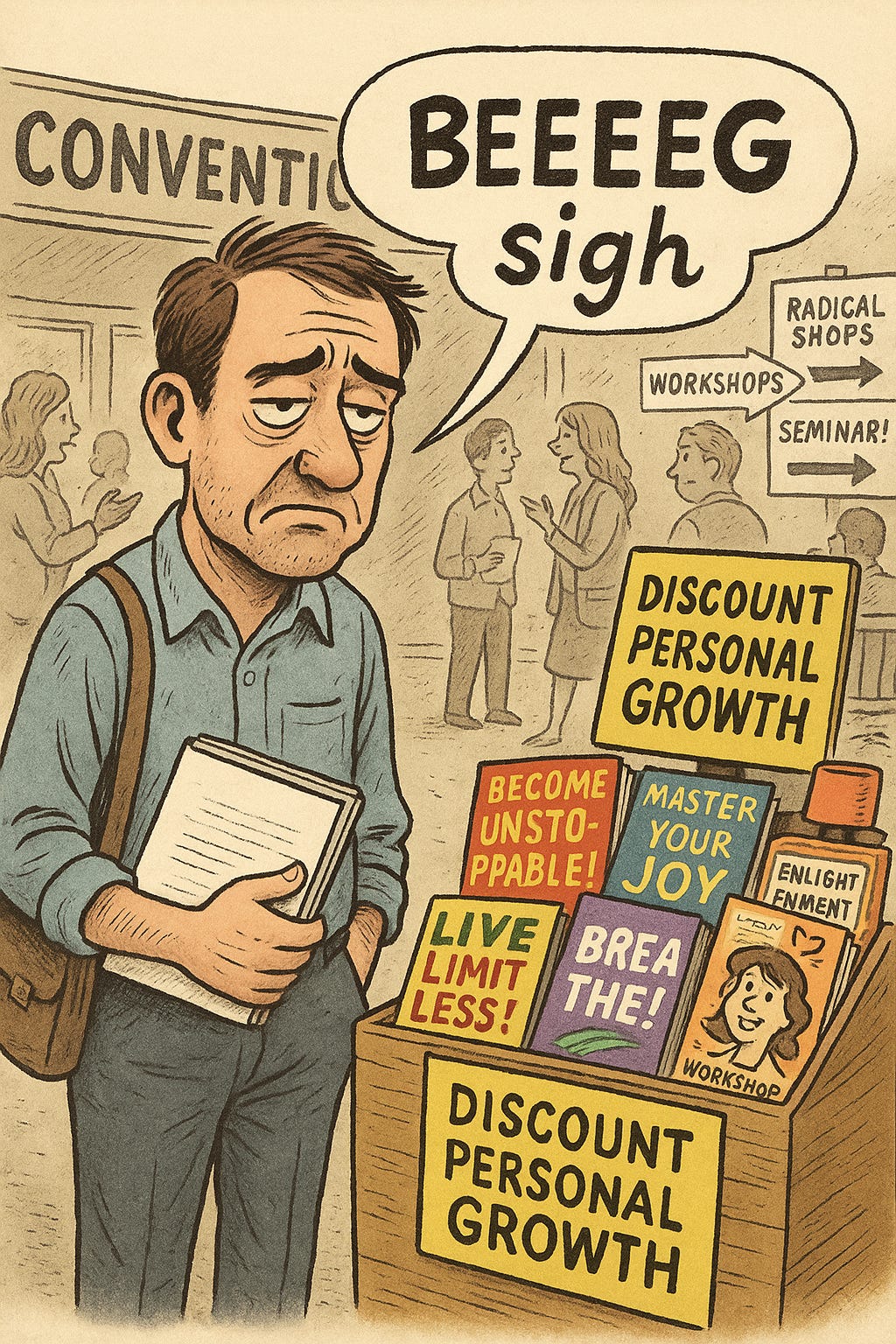
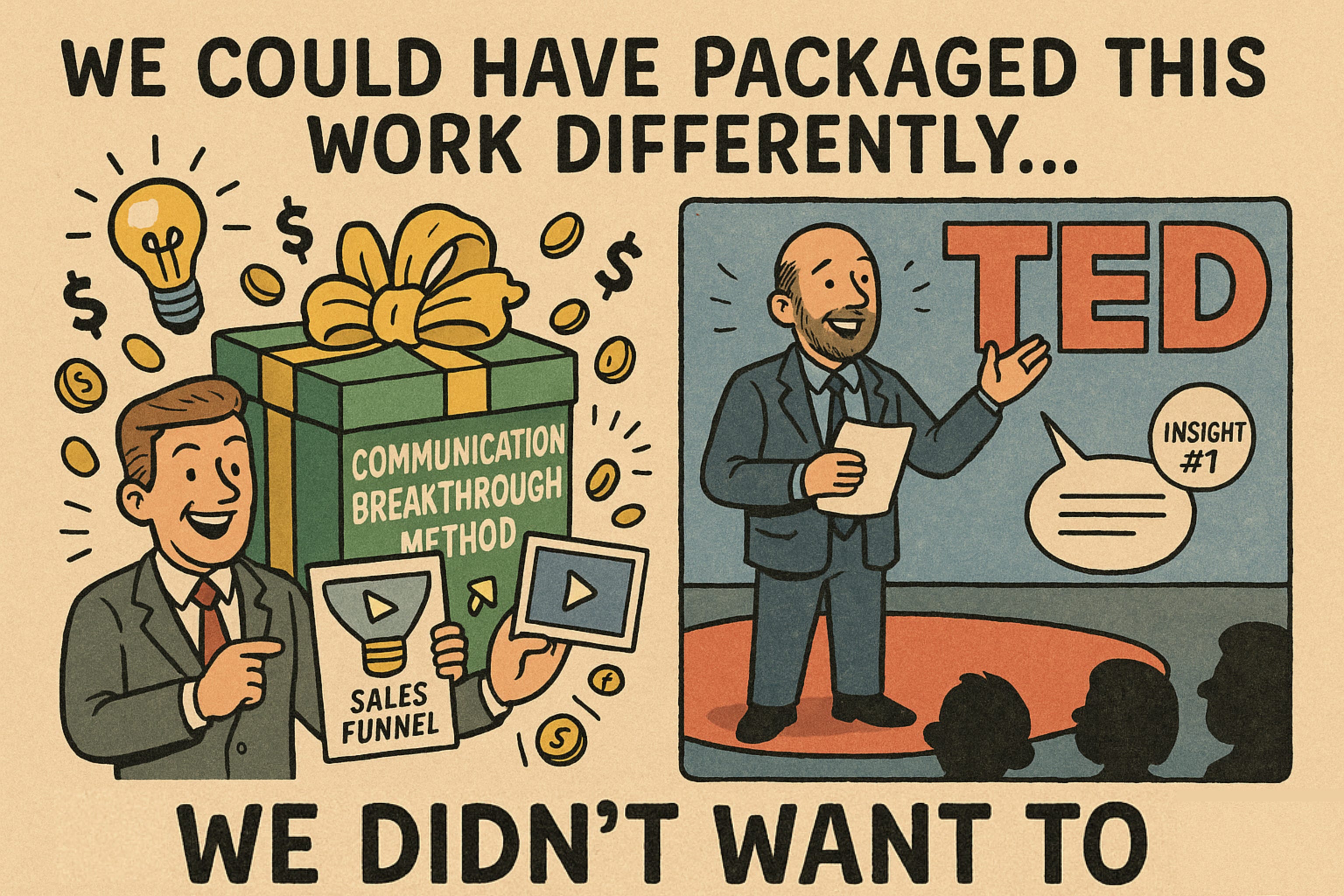
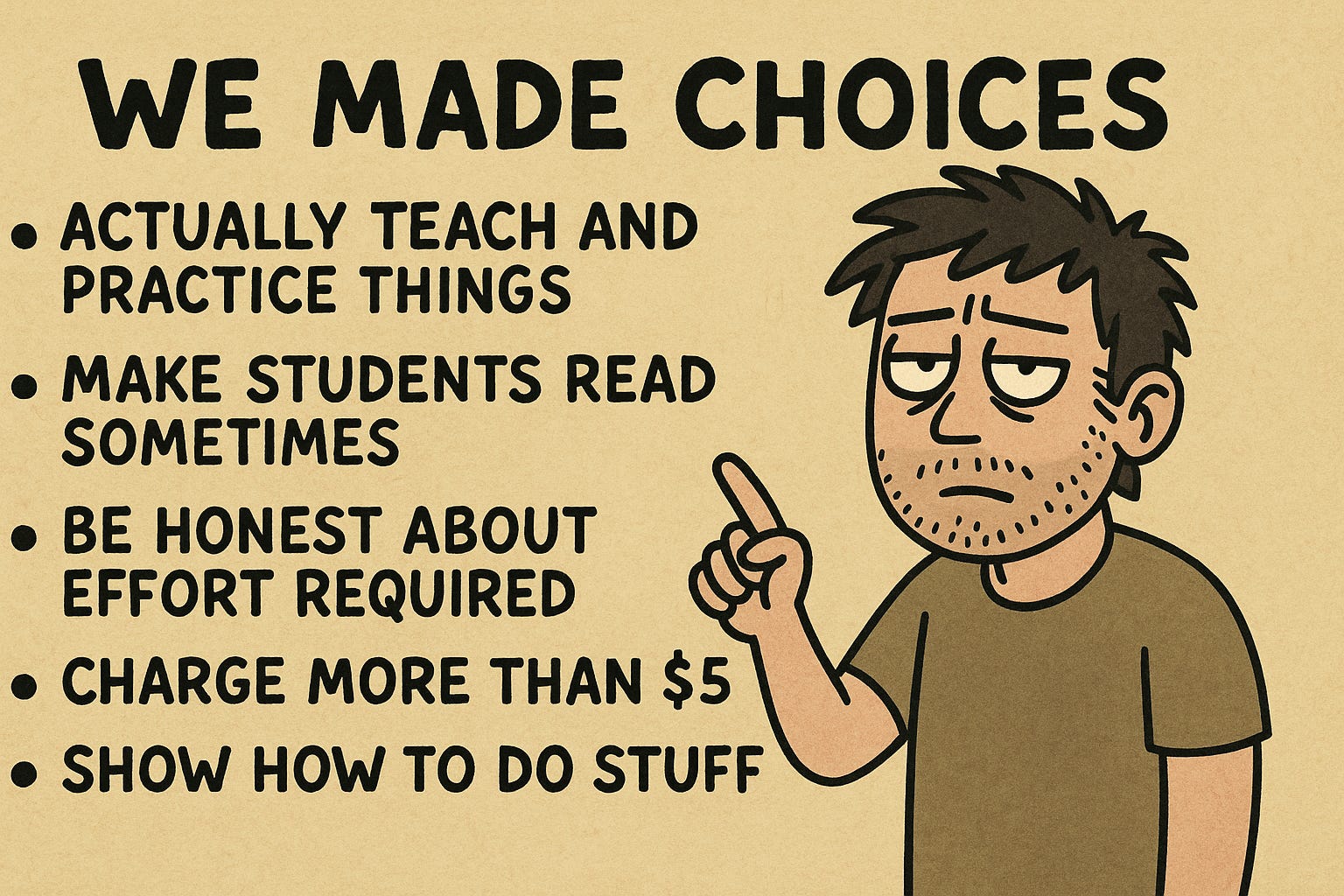

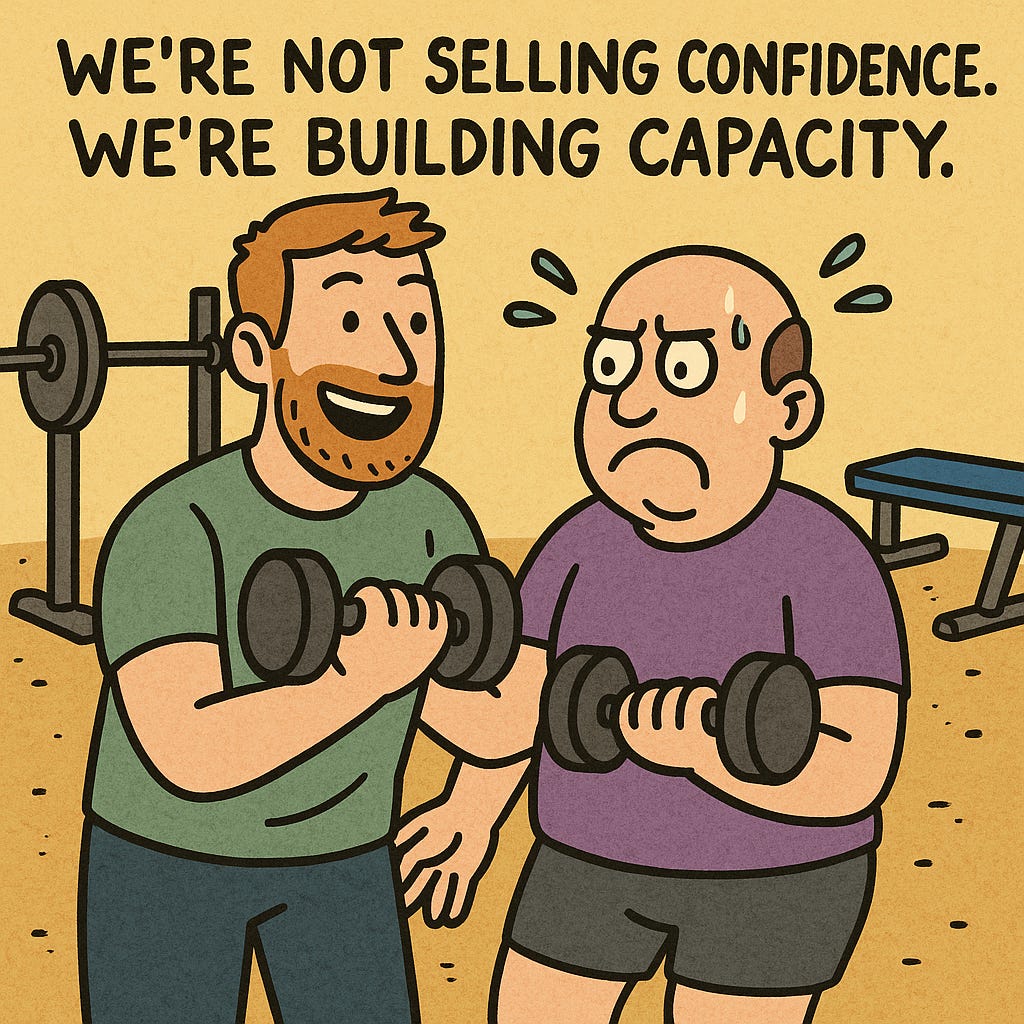
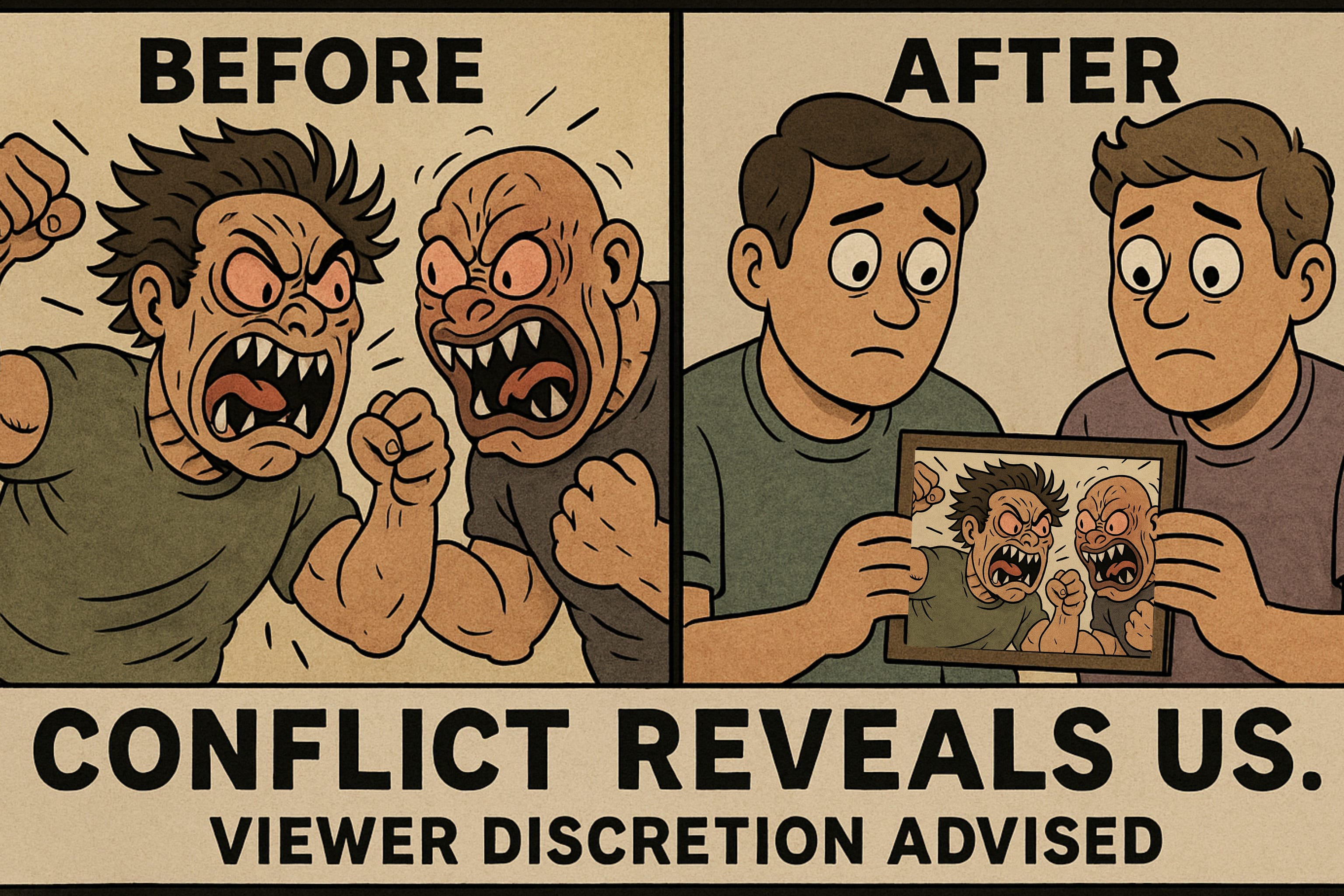





Responses